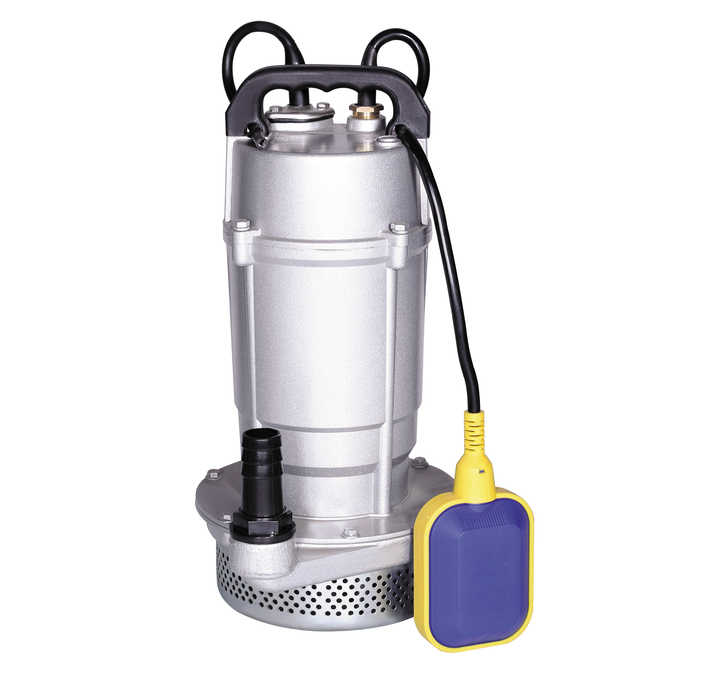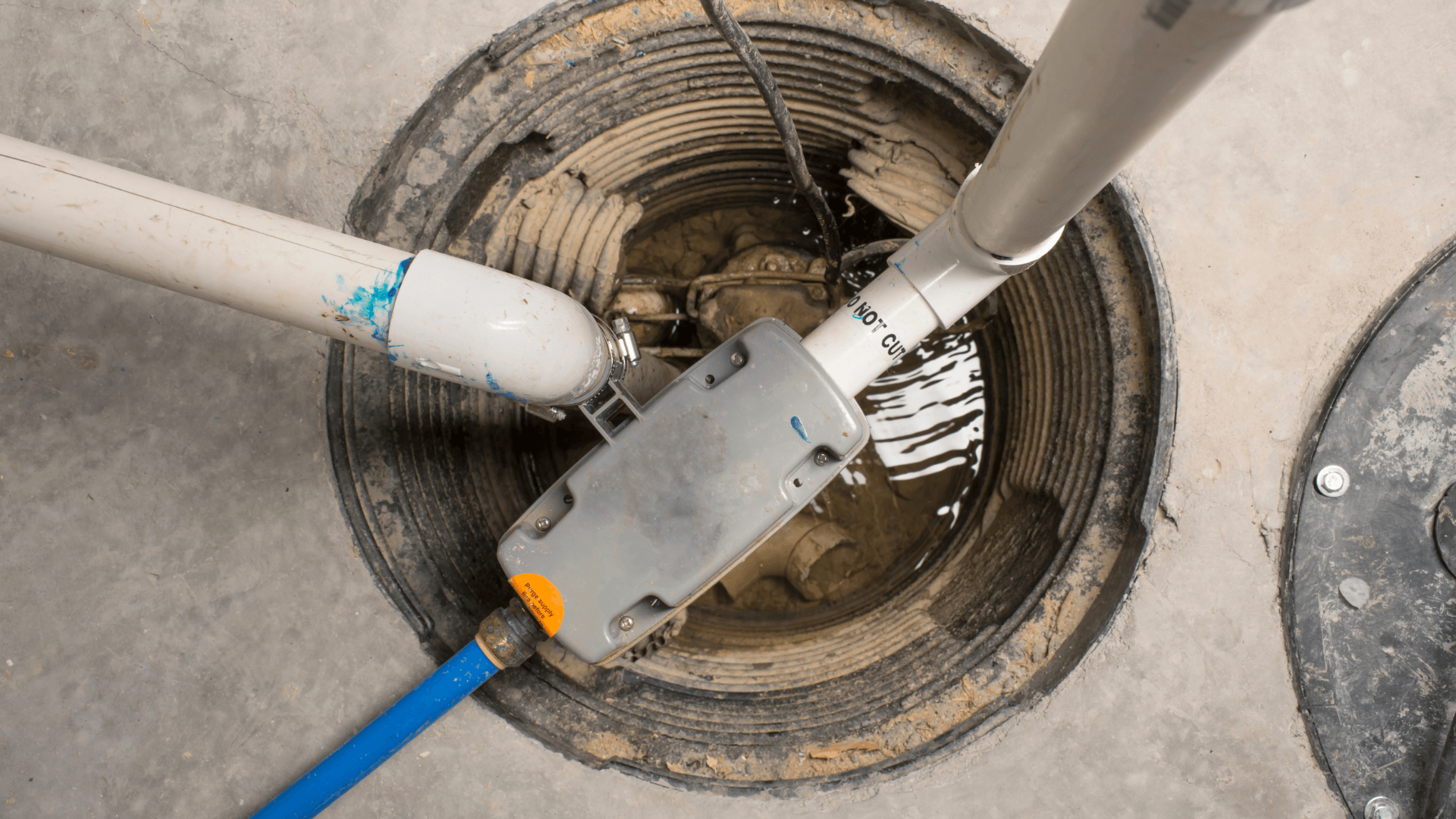Almost everyone maintains their personal perception about Steps to Cleaning Your Sump Pump Properly.

Sump pumps are essential elements in lots of homes, especially in areas susceptible to flooding or extreme wetness. They assist protect against water damages by effectively getting rid of excess water from basements or crawl spaces. Nevertheless, like any other appliance, sump pumps require normal upkeep to ensure they function properly when needed one of the most. Cleaning your sump pump is an important part of its maintenance, and recognizing how to do it correctly can save you from costly repairs and prospective disasters.
Intro
Preserving a clean sump pump is important for its appropriate performance and longevity. Ignoring this important task can bring about obstructions, malfunctions, and ultimately, water damages to your building. As a result, finding out exactly how to clean a sump pump is critical for property owners that count on these gadgets to keep their cellars dry and protected.
Understanding the Sump Pump
Prior to diving right into the cleansing procedure, it's essential to have a basic understanding of exactly how a sump pump functions. Usually set up in a pit or basin below the basement floor, a sump pump consists of several crucial elements, consisting of a pump, a float button, and a discharge pipe. When water accumulates in the pit, the float button activates the pump, which then pumps the water out via the discharge pipe, away from the building's structure.
Indications of a Dirty Sump Pump
Understanding when your sump pump requires cleansing is critical for protecting against potential malfunctions. Some usual signs that indicate a filthy sump pump include weird sounds during operation, reduced water circulation, and visible particles in the pit. If you notice any one of these signs, it's necessary to cleanse your sump pump quickly to avoid any kind of more problems.
Getting ready for Cleaning
Before you begin cleaning your sump pump, it's important to take some safety and security precautions. Begin by shutting down the power to the pump to stay clear of any electric mishaps. In addition, use proper protective gear, such as gloves and safety glasses, to safeguard yourself from dust, debris, and possible pathogens.
Step-by-step Overview to Cleaning a Sump Pump
Shutting down the Power
Begin by separating the power supply to the sump pump to avoid any crashes while cleansing.
Getting Rid Of Debris and Dust
Make use of a container or a scoop to eliminate any type of visible debris, dust, or debris from the sump pit. Dispose of the debris properly to avoid it from clogging the pump or the discharge pipeline.
Cleaning up the Pump and Drift Switch
When the pit is clear of debris, carefully remove the pump from the pit. Examine the pump and the float switch for any type of indicators of damages or wear. Make use of a soft brush or towel to cleanse the surfaces and remove any kind of accumulated grime.
Flushing the System
After cleansing the pump and float button, flush the sump pit with tidy water to remove any kind of staying dirt or debris. This will help ensure that the pump runs smoothly and successfully.
Looking For Appropriate Performance
Prior to reinstalling the pump, do a quick test to make sure that the float switch activates the pump properly. Pour some water into the sump pit and observe the pump's procedure. If everything is functioning properly, you can rebuild the pump and reconnect the power supply.
Maintenance Tips to Keep Your Sump Pump Clean
Along with routine cleaning, there are a number of maintenance tips you can comply with to keep your sump pump in ideal condition:
- Regular Inspection: Inspect your sump pump routinely for any kind of indications of wear, damage, or blockages.
- Maintaining the Surrounding Area Clean: Make Sure that the location around the sump pit is without particles, dirt, and blockages.
- Evaluating the Pump Occasionally: Examine your sump pump occasionally by pouring water right into the pit and observing its operation. This will certainly assist you determine any kind of prospective concerns before they intensify.
Conclusion
Cleaning your sump pump is an essential element of its upkeep and makes sure that it runs efficiently when you require it one of the most. By adhering to the steps described in this overview and integrating regular upkeep right into your routine, you can prolong the life-span of your sump pump and protect your home from water damages.
6 STEPS ON HOW TO CLEAN A SUMP PUMP PROPERLY
UNDERSTANDING SUMP PUMPS
Your sump pump plays a crucial role in protecting your home by managing and removing excess water. It primarily functions as a “shield”, guarding your basement against the damaging effects of water accumulation. The pump is housed in a sump pit in the lowest part of your basement, and its job is to pump out any water that collects there.
During heavy rainfalls or when snow melts rapidly, water can infiltrate your basement, posing potential risks like flooding, structural damage, and harmful mold growth. Here, the sump pump springs into action, pumping out the intruding water and directing it away from your home.
SAFETY FIRST
Before cleaning, remember to prioritize safety. Disconnect the sump pump from the power source to prevent any accidental electric shocks. Also, wear sturdy gloves to protect your hands from any sharp or dirty components within the pump.
REMOVE THE SUMP PUMP
After ensuring your safety, the next step is to remove the sump pump from its pit. Doing this might require careful maneuvering as you don’t want to damage any pump components. Once removed, clean the sump pit to remove any accumulated debris or sludge.
INSPECT THE PUMP
Inspect the pump for any visible signs of wear or damage. Check the power cord, float switch, and impeller housing. If any components look worn out or damaged, consider replacing them to ensure optimal performance.
CLEAN THE PUMP
Thoroughly clean the pump with warm, soapy water. Make sure to rid it of any dirt, gravel, or other debris that might impede its performance. You can use a toothbrush to clean the small, hard-to-reach parts of the pump.
REINSTALL THE SUMP PUMP
- Reinstall the pump into the sump pit
- Make sure it’s positioned correctly to remove the water effectively
- Once it’s back in place, reconnect it to the power source
TEST THE PUMP
Finally, pour some water into the pit to ensure the pump works correctly. It should start automatically and begin pumping out the water; if it doesn’t, check the power source and the positioning of the pump.
Remember, while cleaning your sump pump is an essential part of home maintenance, hiring a professional plumber for a thorough inspection and cleaning at least once a year is also important. This will ensure that your pump is in optimal condition, ready to protect your home from potential water damage.
BEST PRACTICES FOR CLEANING SUMP PUMP DISCHARGE PIPES
- Regular Inspection: Regularly inspect your discharge pipes, especially during heavy rainfall or snowmelt periods. Look for any signs of blockage or damage. Early detection of problems can prevent serious issues down the line.
- Periodic Cleaning: Over time, sediment and debris can accumulate in the discharge pipes, impeding the flow of water. Regular cleaning helps keep the pipes clear and functioning efficiently. You can use a high-pressure water jet to effectively clean the pipes.
- Insulation During Winter: In colder climates, discharge pipes can freeze, blocking the outflow of water. Protect your discharge pipes from freezing temperatures by insulating them with foam pipe insulation. This will ensure the sump pump can continue to discharge water even in freezing conditions.
- Proper Positioning: The discharge pipe should be positioned to direct water away from your home’s foundation. Improper positioning can lead to water seeping back into the basement. Ensure the pipe is long enough and angled correctly.
- Installation of a Check Valve: A check valve prevents water from flowing back into your sump pit after the pump has pushed it out. Installing a check valve helps maintain the efficiency of your sump pump and reduces the risk of flooding.
- Minimize Pipe Turns: Every curve or turn in the discharge pipe can decrease the efficiency of water flow. By minimizing turns and bends in your discharge pipe, you can increase the efficiency of your sump pump.
https://www.fullspeedplumbing.com/how-to-clean-a-sump-pump-properly9999/

Hopefully you enjoyed reading our excerpt on Keep Your Sump Pump Clean, It'll Keep You Dry. Thanks so much for finding the time to read through our article post. Sharing is good. Who knows, you may be doing someone a favor. We cherish reading our article about Keep Your Sump Pump Clean, It'll Keep You Dry.
Request Estimate
Comments on “Our Guide to Thoroughly Maintaining a Sump Pump”